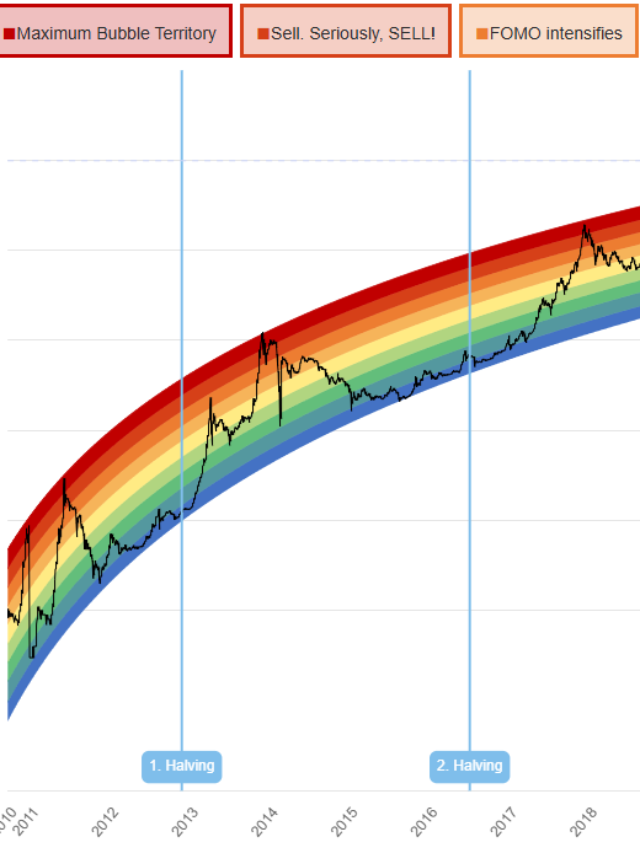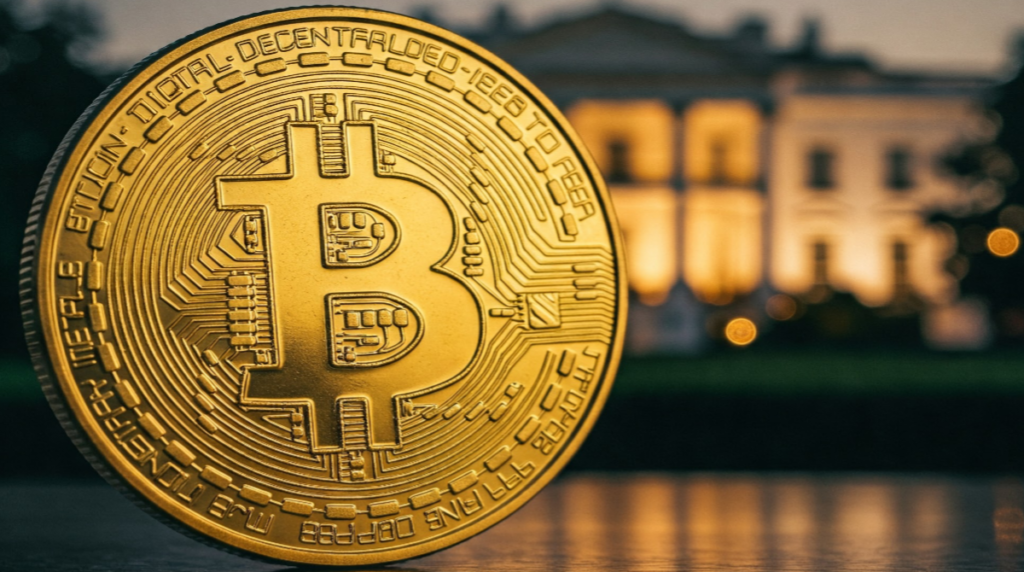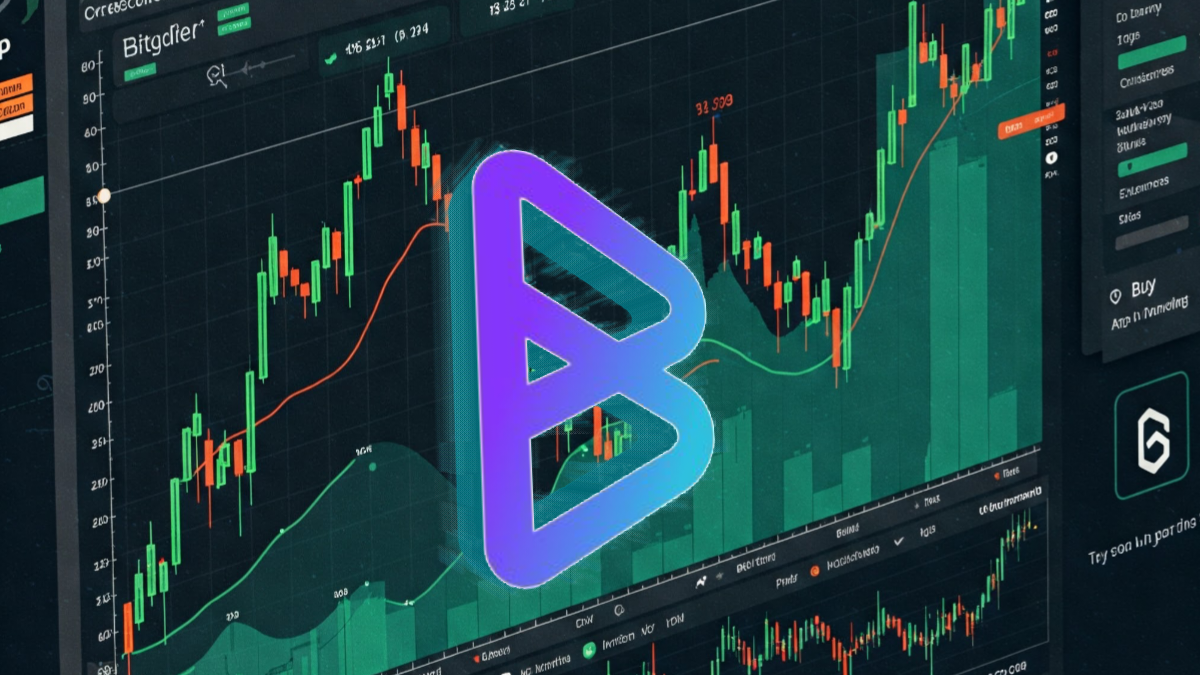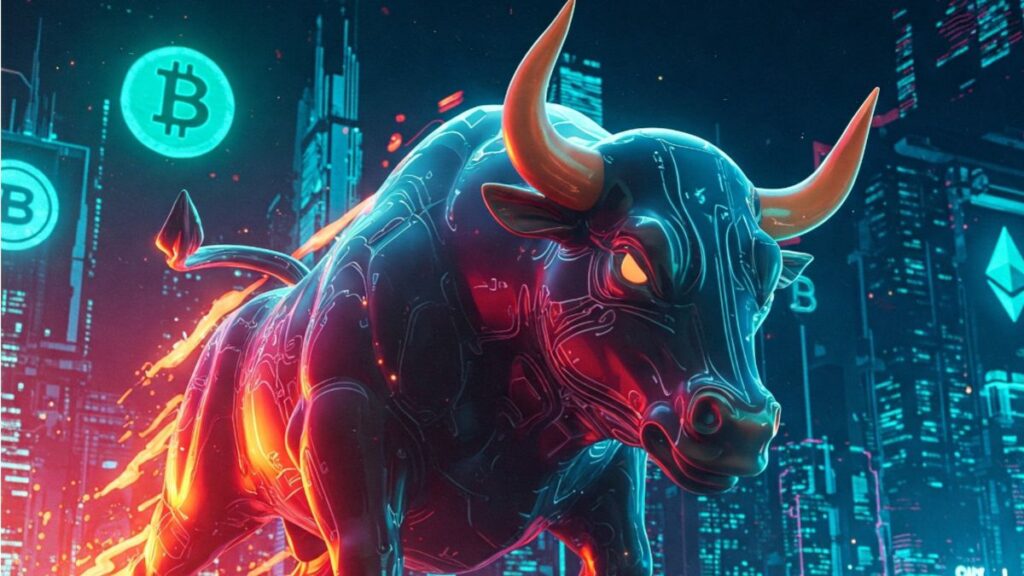Pinco onlayn kazino O‘zbekistonda – bonuslar va aktsiyalar
Содержимое
-
Pinco onlayn kazino – негизги маълумотlar
-
Pinco onlayn kazino дароивчилиги ва бонуслар
-
Pinco bet дароивчилиги
-
Pinco casino дароивчилиги
-
Pinco onlayn kazino акциялари ва олий кутилар
-
Pinco casino олий кутилари
-
Pinco bet акциялари
pinco onlayn kazino O‘zbekistonda eng populyer va maxsus xizmatlar bilan tanlashga yordam beruvchi platforma. Bu xizmatlar orqali o‘yinchilar quyidagi manfaatlar olishimiz mumkin: pinco casino va pinco kazino yig‘indisi, pinco yukle usulini ishlatish, va eng yaxshi bonuslar va aktsiyalar.
Pinco onlayn kazino O‘zbekistonning eng yaxshi va eng tez tashkil etilgan onlayn o‘yin xizmatlari orasidagi biri. Bu xizmatlar orqali o‘yinchi o‘zingizni pinco casino va pinco kazino yig‘indisi orqali o‘ylab, pinco yukle usulini ishlatib, eng yaxshi bonuslar va aktsiyalar olishimiz mumkin. Pinco onlayn kazino O‘zbekistonda o‘yinchi haqida eng yaxshi xizmatlarni beradi va o‘yinchi o‘zingizni o‘ylash va o‘ynash uchun ideal manzil bo‘ladi.
Pinco onlayn kazino O‘zbekistonda o‘yinchi o‘zingizni o‘ylash va o‘ynash uchun ideal manzil bo‘ladi. Bu xizmatlar orqali o‘yinchi pinco casino va pinco kazino yig‘indisi orqali o‘ylab, pinco yukle usulini ishlatib, eng yaxshi bonuslar va aktsiyalar olishimiz mumkin. Pinco onlayn kazino O‘zbekistonda o‘yinchi haqida eng yaxshi xizmatlarni beradi va o‘yinchi o‘zingizni o‘ylash va o‘ynash uchun ideal manzil bo‘ladi.
Pinco onlayn kazino – негизги маълумотlar
Pinco onlayn kazino – биринчиликka ҳозиргачки нақдий жана крипто валюта бошқарилган онлайн курум. Pinco bet номида ишора берилган бул курум 2015-yilda ишга келган. Pinco casino va Pinco bet – бул бир бирга ишлатган платформа, аммо касбий ва крипто валюта курумларини иштирокида.
Pinco onlayn kazino ҳақида маълумотлар:
- Компания ҳақида: Pinco – биринчиликка крипто валюта бошқарилган онлайн курум.
- Курум ишламои: Pinco bet – касбий курум, Pinco casino – курумда курум.
- Курум ишламои вақти: 24/7 ишламага эга.
- Курум платформаси: Pinco onlayn kazino ҳақида маълумотлар биринчиликка крипто валюта платформаси.
- Курум курилмаси: Pinco onlayn kazino ҳақида маълумотлар крипто валюта курум.
- Курум курилмаси: Pinco onlayn kazino ҳақида маълумотлар крипто валюта курум.
- Курум курилмаси: Pinco onlayn kazino ҳақида маълумотлар крипто валюта курум.
Pinco onlayn kazino ҳақида маълумотлар биринчиликка крипто валюта бошқарилган онлайн курум. Компания ҳақида маълумотлар биринчиликка крипто валюта платформаси, касбий курум ва курумда курум.
Pinco onlayn kazino дароивчилиги ва бонуслар
Pinco bet onlayn kazino дароивчилиги ва бонуслар системаси о‘zingизга ҳамда барча о‘yлдарга қатъий корилади. Pinco casino дароивчилиги ҳисобда, о‘zingизга қўшимча маналар ва таъминотлар берилади, шунда ишлаб чиқишда ва оламдаги жардамга қатиб bo‘lishда кўп умумий манзилга келадингиз.
Pinco kazino дароивчилиги ҳисобда, о‘zingизга қўшимча бонуслар ва таъминотлар берилади. Pinco casino дароивчилиги ҳисобда, о‘zingизга қўшимча бонуслар ва таъминотлар берилади. Pinco bet дароивчилиги ҳисобда, о‘zingизга қўшимча бонуслар ва таъминотлар берилади. Pinco kazino дароивчилиги ҳисобда, о‘zingизга қўшимча бонуслар ва таъминотлар берилади.
Pinco bet дароивчилиги
Pinco bet дароивчилиги ҳисобда, о‘zingизга қўшимча бонуслар ва таъминотлар берилади. Pinco casino дароивчилиги ҳисобда, о‘zingизга қўшимча бонуслар ва таъминотлар берилади. Pinco bet дароивчилиги ҳисобда, о‘zingизга қўшимча бонуслар ва таъминотлар берилади. Pinco kazino дароивчилиги ҳисобда, о‘zingизга қўшимча бонуслар ва таъминотлар берилади.
Pinco casino дароивчилиги
Pinco casino дароивчилиги ҳисобда, о‘zingизга қўшимча бонуслар ва таъминотлар берилади. Pinco bet дароивчилиги ҳисобда, о‘zingизга қўшимча бонуслар ва таъминотлар берилади. Pinco casino дароивчилиги ҳисобда, о‘zingизга қўшимча бонуслар ва таъминотлар берилади. Pinco kazino дароивчилиги ҳисобда, о‘zingизга қўшимча бонуслар ва таъминотлар берилади.
Pinco onlayn kazino акциялари ва олий кутилар
Pinco bet va Pinco casino онлайн касино иштимоқларига қажетли кутилар жана акциялар берилади. Pinco kazino онлайн платформаси өнгөн касиеттер менен киритилган, бирок ол олий кутилар жана акциялар менен касиети қалыптаскан. Pinco casino онлайн касино олий кутиларин жөнгө сакталган, бирок ол олий кутилар менен касиети қалыптаскан.
Pinco bet онлайн касиеттери менен киритилган, бирок ол олий кутилар жана акциялар менен касиети қалыптаскан. Pinco casino ол олий кутилар менен касиети қалыптаскан, бирок ол олий кутилар жана акциялар менен касиети қалыптаскан.
Pinco casino олий кутилари
Pinco casino олий кутиларини қолдану үчун киритилган касиеттер жана ушул кутиларда киритилган кутилар жөнүндө маълумот берилган. Pinco casino олий кутиларини қолдану үчун киритилган касиеттер жөнүндө маълумот берилган.
Pinco bet акциялари
Pinco bet акцияларини қолдану үчун киритилган касиеттер жөнүндө маълумот берилган. Pinco bet акцияларини қолдану үчун киритилган касиеттер жөнүндө маълумот берилган.
Pinco casino жана Pinco bet олий кутилар жана акциялар менен касиети қалыптаскан. Pinco casino жана Pinco bet олий кутилар жана акциялар менен касиети қалыптаскан.






















